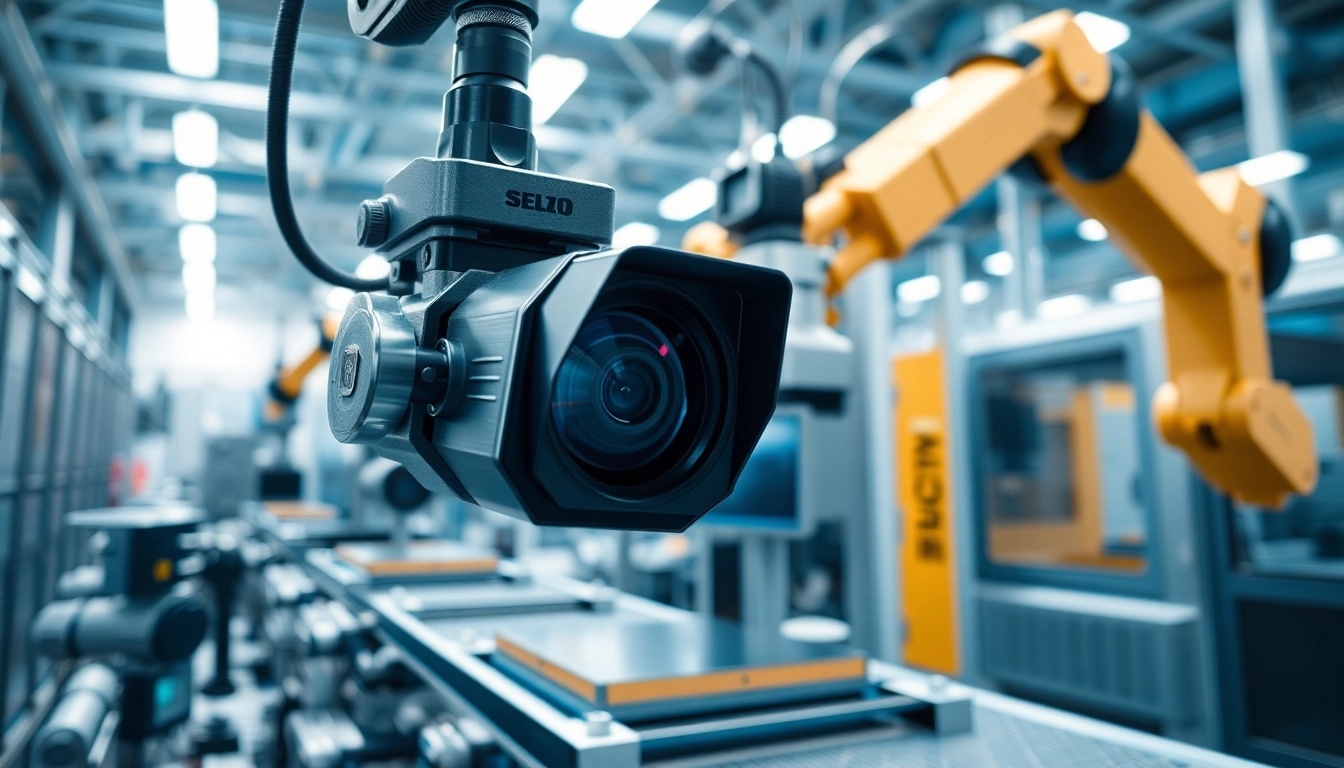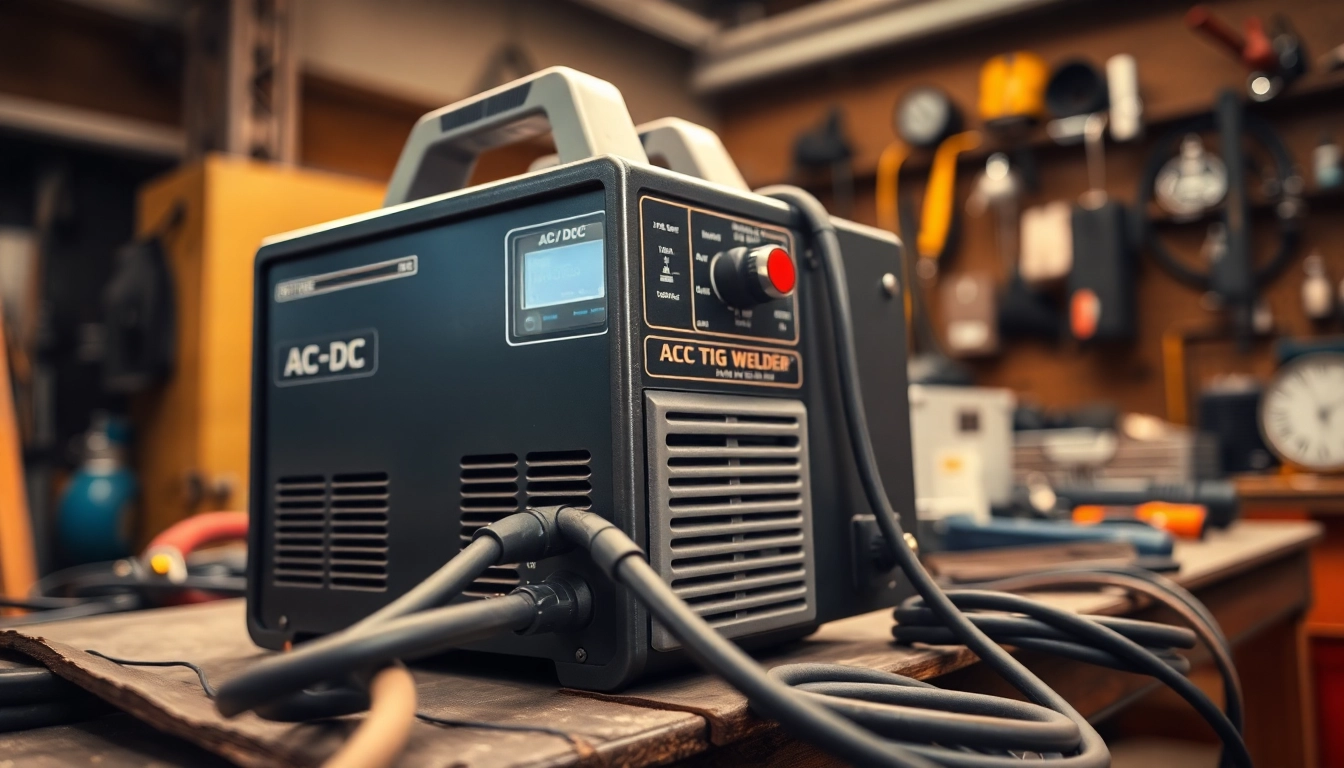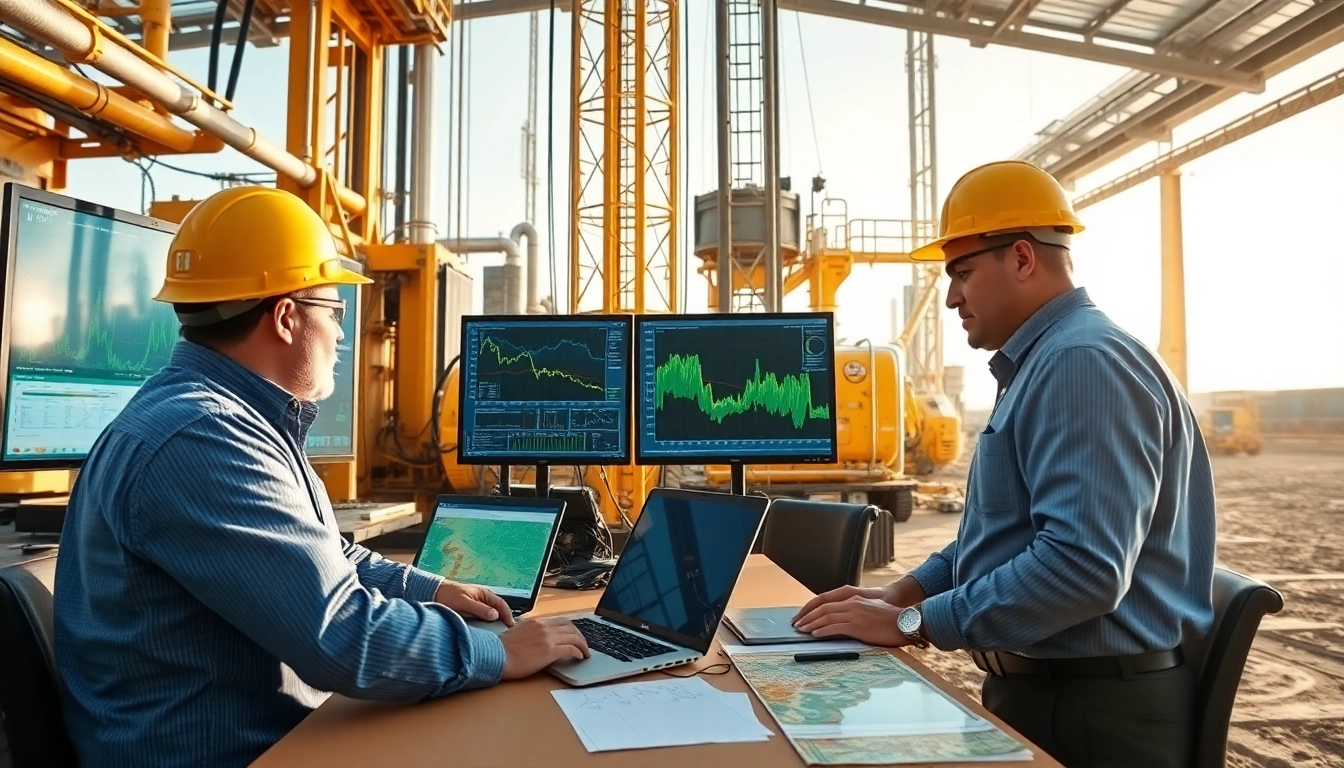What is Machine Vision?
Machine vision is a multifaceted field within automation that employs imaging technologies to perform automated inspections, measurements, and analyses in various industrial applications. The capability to utilize cameras and software to interpret visual data allows businesses to enhance quality control, operational efficiency, and data utilization. Machine vision systems are composed of intricate hardware and software setups that come together to enable machines to execute tasks traditionally performed by human inspectors.
Definition and Key Concepts
Machine vision refers to the technologies and techniques that enable machines to capture, analyze, and act upon visual information. At its core, machine vision involves:
- Image Acquisition: The first step involves using sensors to capture images of the objects to be analyzed.
- Processing: Advanced algorithms, often utilizing techniques from artificial intelligence (AI) and machine learning, process the acquired images to extract meaningful information.
- Decision Making: Following analysis, the system decides upon actions based on the processed data, such as sorting, categorizing, or adjusting manufacturing processes.
- Output: The results can be displayed for human review or used to guide mechanized operations in real time.
How Machine Vision Works
The operation of a machine vision system can be boiled down to a series of systematic steps:
- Capture: Using cameras or imaging sensors, images of the target objects are captured under various lighting conditions.
- Image Processing: Software algorithms process these images, utilizing techniques such as edge detection, pattern recognition, and morphological processing to identify significant features.
- Analysis: Analyzed data is then compared against preset parameters to determine if the inspected items meet quality standards.
- Action: The system can automatically respond to the results, either by sorting defective items or logging data for further inspection.
Applications in Various Industries
The versatility of machine vision has led to its adoption across numerous sectors, including:
- Manufacturing: Inspecting products for defects, ensuring assembly accuracy, and scanning barcodes.
- Aerospace: Conducting critical inspections on components to ensure they meet stringent safety standards.
- Food Industry: Monitoring products for contamination, verifying labeling correctness, and managing inventory.
- Pharmaceuticals: Ensuring that medications are correctly packaged and labeled.
Core Components of Machine Vision Systems
Types of Cameras and Sensors
At the heart of any machine vision system lies the imaging hardware. The most commonly utilized cameras and sensors include:
- Area Scan Cameras: Capture images of an entire area in one shot, useful for stationary applications.
- Line Scan Cameras: Capture images in a line-by-line fashion, ideal for capturing moving objects on production lines.
- 3D Sensors: Measure depth and enable three-dimensional representations of objects, providing additional data points for analysis.
Lighting Techniques for Optimal Inspection
Proper lighting is crucial for enhancing image quality and improving inspection accuracy. Common lighting techniques include:
- Backlighting: Illuminates the object from behind, useful for highlighting defects against a dark background.
- Diffuse Lighting: Reduces shadows and reflections, ideal for inspecting shiny or transparent surfaces.
- Structured Light: Projects a pattern (typically stripes) onto the object, aiding in 3D measurements.
Software Algorithms for Image Processing
The algorithms employed in machine vision systems are pivotal for interpreting the acquired images. Some widely used techniques include:
- Pattern Recognition: Identifies shapes and patterns within images, allowing for classifications.
- Optical Character Recognition (OCR): Reads and interprets printed or handwritten text.
- Machine Learning: Uses training datasets to improve accuracy and adaptability over time.
Machine Vision vs. Computer Vision: Understanding the Distinction
Defining Machine Vision and Its Uses
While both machine vision and computer vision employ similar foundational technologies, they serve different purposes:
- Machine Vision: Primarily focused on industrial applications, emphasizing the automation of inspection processes.
- Computer Vision: Broader scope that includes AI-driven analysis for applications ranging from autonomous vehicles to social media filtering.
Comparative Analysis: Applications and Technologies
The applications of both fields can be distinguished further:
- Machine Vision is centered on production line tasks such as identifying defects and ensuring product quality in real-time.
- Computer Vision often deals with analyzing user-generated content, facial recognition, and interpreting scenes, relying heavily on AI.
Impact on Business Efficiency and Innovation
Implementing machine vision technologies can lead to significant enhancements in efficiency:
- Reduced Costs: Automated processes minimize the need for human labor, lowering staffing costs.
- Increased Precision: Enhanced accuracy leads to fewer errors and reworks, improving overall product quality.
- Data Collection: Continuous monitoring generates vast amounts of data, empowering deeper insights and decision-making.
Implementing Machine Vision in Your Organization
Steps for Integration into Production Lines
The implementation of a machine vision system requires careful planning and execution. Key steps include:
- Assessment: Evaluate current processes to identify pain points where machine vision could enhance efficiency.
- Design: Collaborate with experts to design a system that meets the specific needs of the operation.
- Installation: Deploy cameras, sensors, and software, ensuring that they are correctly calibrated for the tasks at hand.
- Testing: Conduct trials to ensure the system functions as intended before full-scale implementation.
- Training: Equip employees with the knowledge needed to operate and maintain the new system.
Considerations for Choosing the Right System
Selecting the optimal machine vision system involves several considerations:
- Budget: Assess both initial investment and ongoing operational costs.
- Scalability: Future-proof your system by ensuring it can scale with production demands.
- Integration: Ensure compatibility with existing machinery and IT infrastructure.
Common Challenges and Solutions
The journey towards successful machine vision implementation may face various challenges:
- Complexity: The intricacy of systems can lead to implementation delays. Solution: Collaborate with experienced vendors and take advantage of simulation technologies.
- Environmental Factors: Variations in lighting and background can affect performance. Solution: Invest in adaptive lighting solutions.
- Data Overload: Handling extensive data can strain resources. Solution: Utilize edge computing solutions to process data locally before sending it to centralized systems.
Future Trends in Machine Vision Technology
Advancements in AI and Machine Learning
As machine vision technology evolves, it increasingly incorporates AI and machine learning, driving innovations such as:
- Self-learning Systems: Systems that adapt based on user inputs and results, enhancing their operational efficiency.
- Advanced Pattern Recognition: Improved algorithms allowing for more nuanced inspections and analyses.
Emerging Use Cases and Industries
New industries are recognizing the value of machine vision, including:
- Retail: Inventory management and customer interaction analyses.
- Healthcare: Analyzing medical imagery for faster diagnosis and treatment planning.
- Transportation: Enhancing logistics efficiencies through automated sorting and tracking.
Predictions for the Next Decade
Looking ahead, several trends are anticipated to shape the landscape of machine vision:
- Integration with IoT: Machine vision systems will increasingly interface with Internet of Things (IoT) devices for enhanced data collection and analytics.
- Mobile Solutions: Portable and compact systems will become prevalent, allowing for flexibility across various production environments.
- Greater Accessibility: As costs decrease and technology advances, machine vision will become accessible to even small manufacturers, democratizing quality control.



